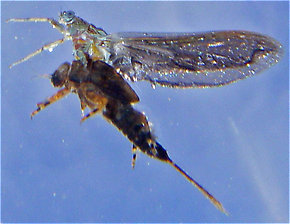Blog & Latest Updates
Fly Fishing Articles
Insects by Common Name


Troutnut.com User Arellamana
Send Arellamana a Private Message
To do this you have to log in at the top of the page. If you haven't registered yet, it's this easy:Arellamana's Favorite Troutnut.com Pictures

This partial solar eclipse today was most prominent across parts of Siberia, the Arctic Ocean, and Scandanavia, but I caught the outer edge of it here in Fairbanks, Alaska. I went out to a quiet spot next to the Tanana River behind the airport, and shot this composite photo of several short exposures of the sun during the eclipse, and one longer exposure at the end, capturing the thin clouds that crept into the frame.
StateAlaska
LocationTanana River
Date TakenJun 1, 2011
Date AddedJun 1, 2011
AuthorTroutnut
CameraCanon EOS 20D
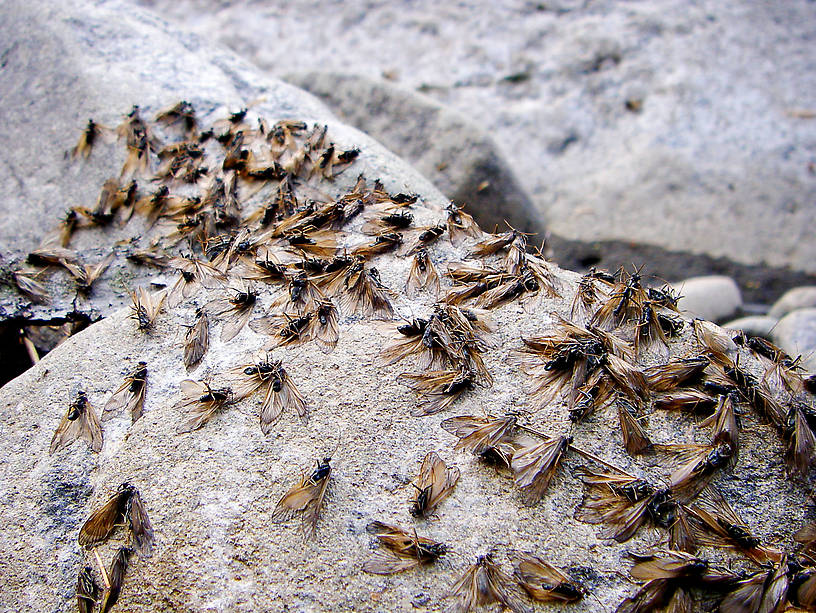
StateNew York
LocationNeversink River
Date TakenMay 12, 2007
Date AddedJun 5, 2007
AuthorTroutnut
CameraPENTAX Optio WPi
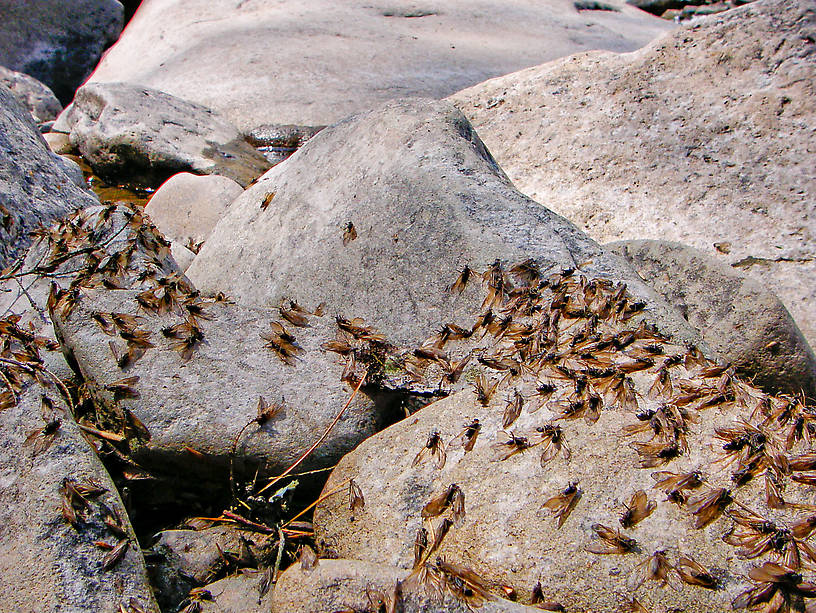
I'm not sure what these clusters of grannoms are doing lying dead and mostly upside down in clusters on the rocks. Anyone have an explanation?
StateNew York
LocationNeversink River
Date TakenMay 12, 2007
Date AddedJun 5, 2007
AuthorTroutnut
CameraPENTAX Optio WPi
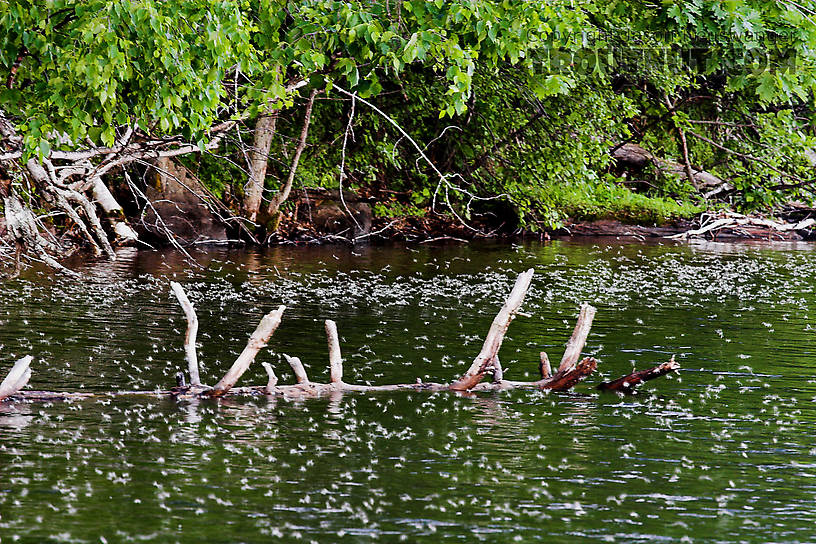
These caddisflies were thick over the water in the evening on a cold, clear northwoods lake. They were in many places on the lake, all closer to the shady shore, which also was the shore most sheltered from the wind. I'm not sure which of those features attracted them.
StateWisconsin
LocationLake Owen
Date TakenJun 10, 2006
Date AddedJun 30, 2006
AuthorTroutnut
CameraCanon EOS 20D

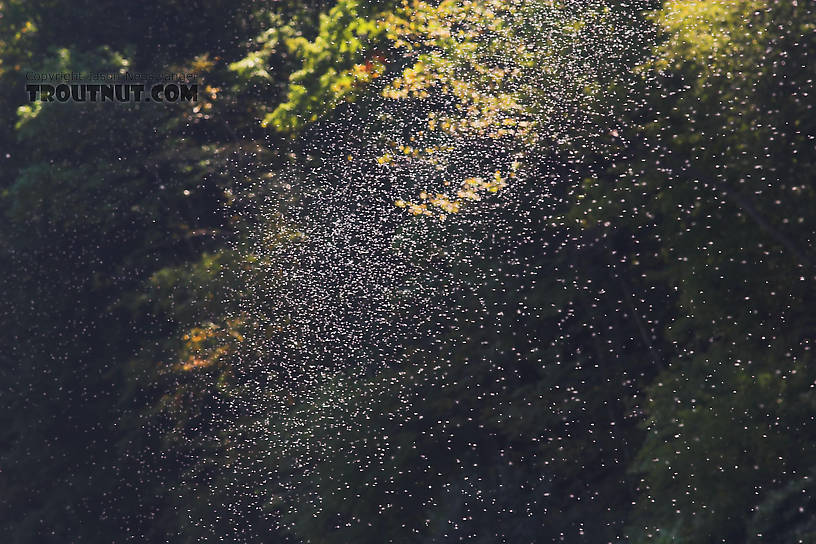
A thick mating swarm of Tricorythodes mayfly spinners hovers the West Branch of the Delaware near Hale Eddy one early fall morning. View the picture full-size and you'll be able to make out the wings and tails on most of those little white dots.
This was one of many such clouds visible all up and down the river. The mayflies were impressive, but the trout did not hold up their end of the bargain -- there was not a rise in sight.
This was one of many such clouds visible all up and down the river. The mayflies were impressive, but the trout did not hold up their end of the bargain -- there was not a rise in sight.
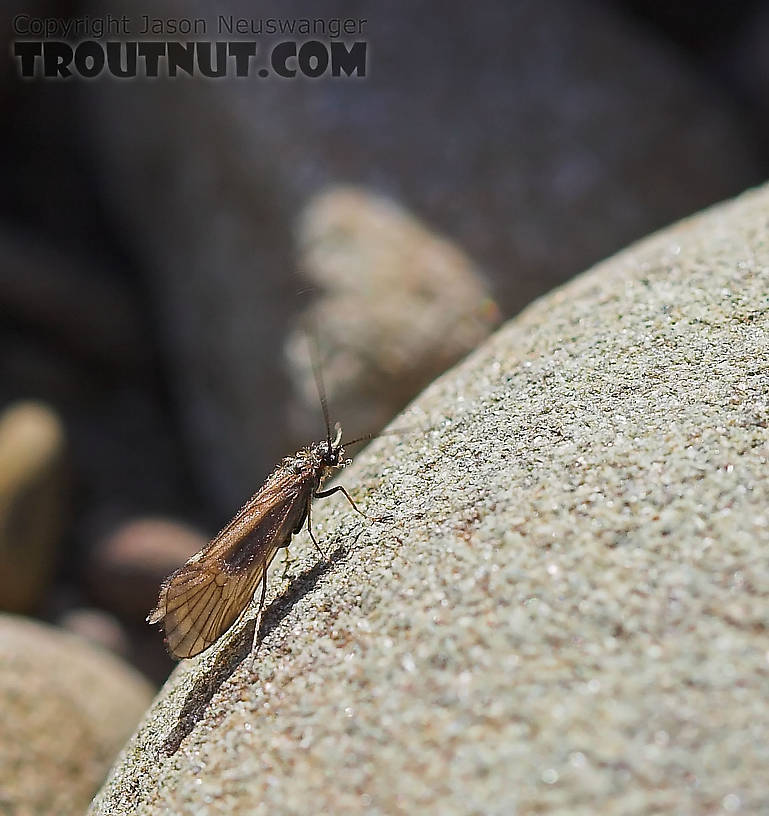
Caddis on Catskill cobble.
StateNew York
LocationBeaverkill River
Date TakenApr 16, 2005
Date AddedFeb 2, 2006
AuthorTroutnut
CameraCanon EOS 20D
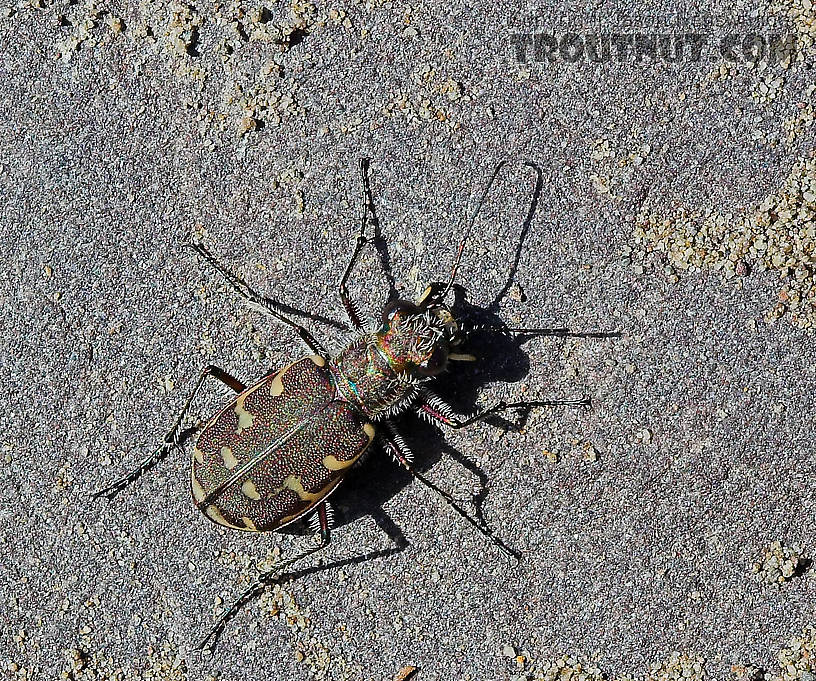
Many beetles of this species were jumping around the rocks like popcorn on a mid-April afternoon. I'm sure they end up in the water for the trout at times.
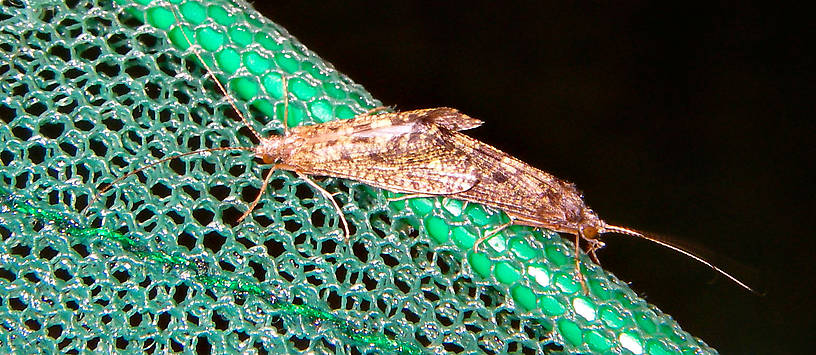
I saw something strange flying around near the streambank, fluttering on and off the water's surface, so I went to check it out. I didn't recognize the wing profile in flight, and it's no surprise! These two caddisflies were joined mating, and they were very reluctant to let go.
StateNew York
LocationNeversink River
Date TakenMay 20, 2007
Date AddedJun 5, 2007
AuthorTroutnut
CameraPENTAX Optio WPi
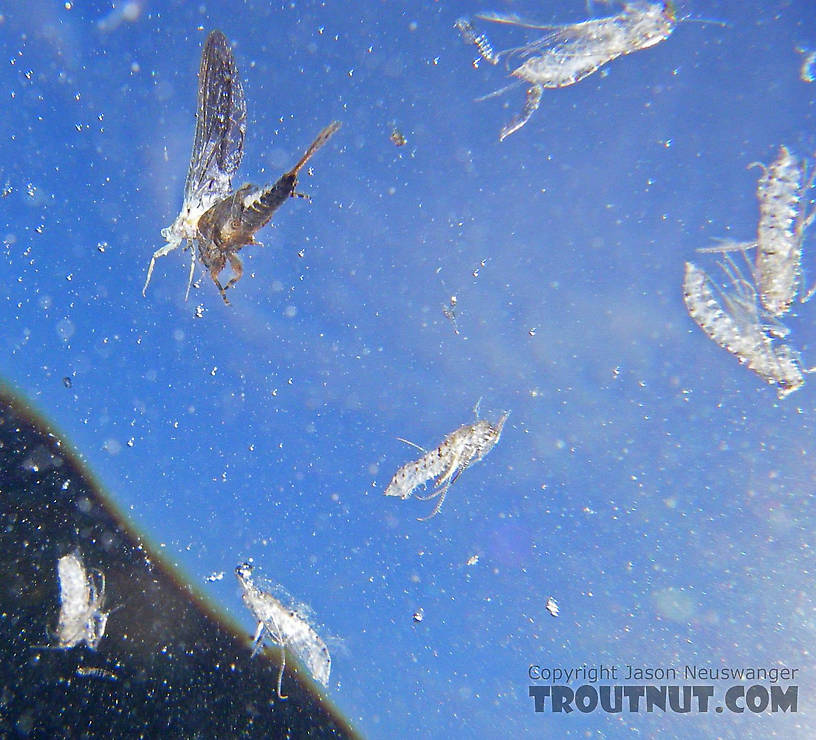
This picture from below shows a stillborn (Stillborn: In fly fishing, a stillborn insect is one which got stuck in its nymphal or pupal shuck during emergence and floats helplessly on the surface instead of flying away. It is a specific class of cripple, although it is sometimes used interchangeably with that term.) Ephemerella subvaria (Hendrickson) dun drifting on the surface amidst a number of shed pupal skins from Brachycentrus caddisflies which were heavily hatching that day.
In this picture: Mayfly Species Ephemerella subvaria (Hendrickson) and Caddisfly Species Brachycentrus appalachia (Apple Caddis).
In this picture: Mayfly Species Ephemerella subvaria (Hendrickson) and Caddisfly Species Brachycentrus appalachia (Apple Caddis).
Troutnut.com is copyright © 2004-2024 Jason
Neuswanger (email Jason). See my FAQ for information about use of my images.
 privacy policy
privacy policy

